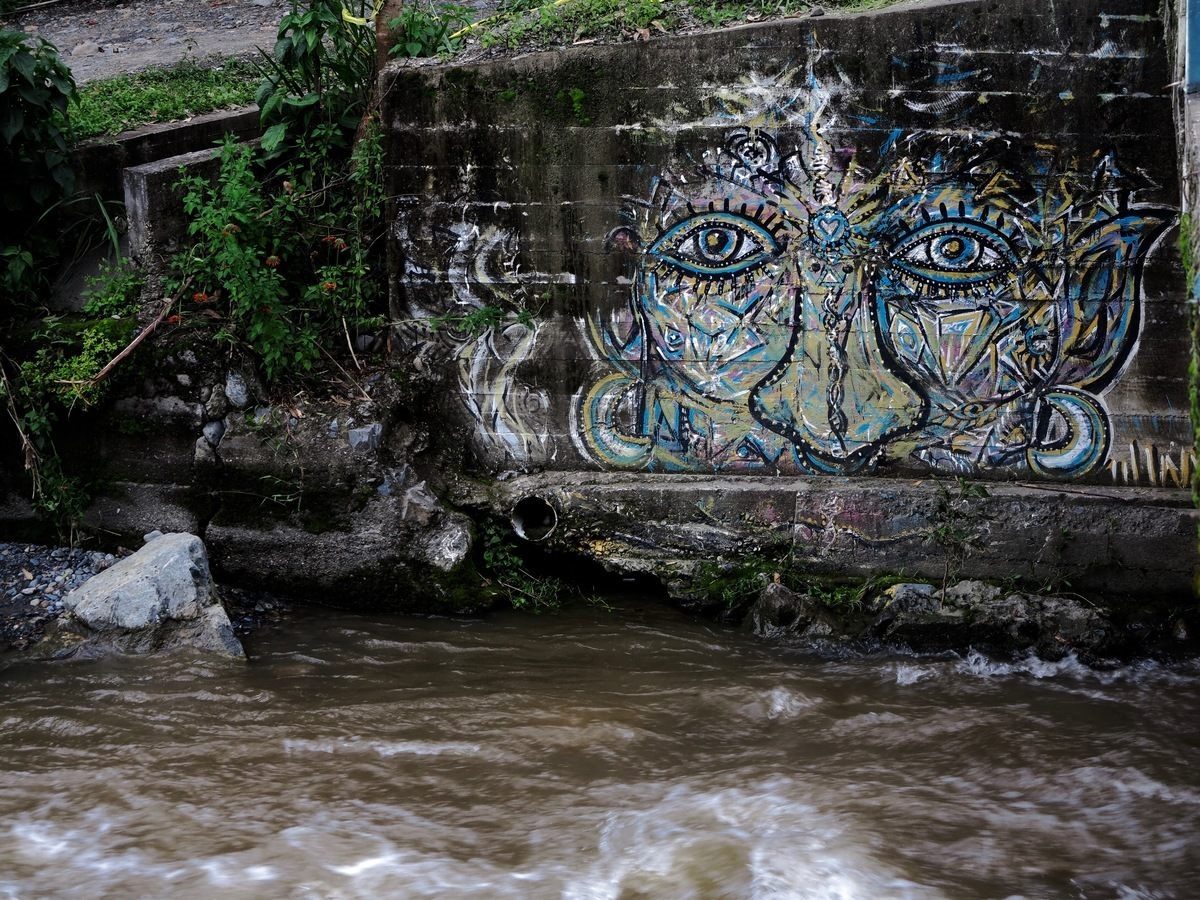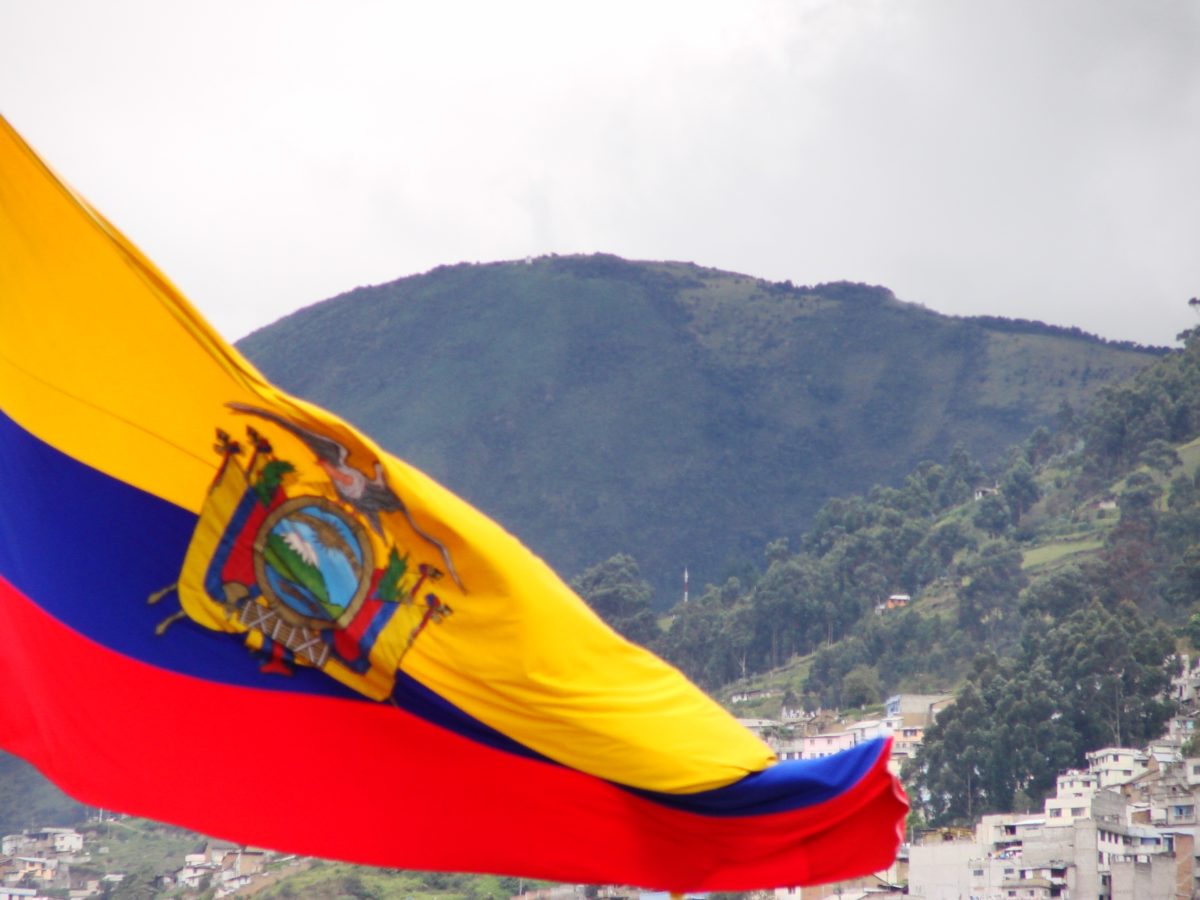Celebrating the 10th Anniversary of Ecuador’s Landmark Constitution
Happy birthday, Mother Earth!
Well, that’s not exactly accurate. How about…
Feliz aniversario, Pachamama y Ecuador!
Ten Year Anniversary for First Rights of Nature Constitution
Next week marks the tenth anniversary of Ecuador’s Constitution, which recognizes legally enforceable Rights of Nature “to exist, persist, maintain and regenerate its vital cycles, structure, functions and its processes in evolution.”
As a CELDF representative said at the time, “With this vote, the people of Ecuador are leading the way for countries around the world to fundamentally change how we protect Nature.”
For beyond setting a legal precedent on the existence of Nature’s rights, Ecuador’s Constitution also challenges the people of the world to speak and act on behalf of Pachamama, by stating, “Every person, people, community or nationality, will be able to demand the recognitions of rights for nature before the public bodies.”
“With this vote, the people of Ecuador are leading the way for countries around the world to fundamentally change how we protect Nature.”— A CELDF Representative
Recognizing Ecosystems as Rights-Bearing Entities
Over the past decade, that’s a challenge people and communities around the world have taken up, changing the legal recognition of ecosystems from being property to being acknowledged as rights-bearing entities. Throughout, the Community Environmental Legal Defense Fund, which assisted the Ecuadorian Constituent Assembly in drafting the provisions, has provided legal counsel, guidance, and support to people around the world working to establish the Rights of Nature.
During the past ten years –
- Bolivia’s Legislative Assembly passed the Law of the Rights of Mother Earth.
- Ecuador’s high court upheld that nation’s constitutional provisions in the Vilcabamba River case.
- Citizens of Nepal began a campaign toward constitutional Rights of Nature for the Himalayas.
- In Colombia, courts have now ruled that both the Atrato and Amazon River systems have rights to exist and flourish.
- The High Court of Uttarakhand in India has issued rulings recognizing the Ganga and Yamuna Rivers, glaciers, and other ecosystems as legal persons with certain rights. That same court, just this summer, declared, “Every species has an inherent right to live and are required to be protected by law,” effectively declaring legal rights for the entire animal kingdom.
- New Zealand’s Parliament has enacted both the Te Urewera Act and the Te Awa Tupua Act, recognizing the Te Urewera area and the Whanganui River ecosystem as legal entities with their own rights.
- A campaign for legal recognition of the rights of the Great Barrier Reef is currently in progress in Australia.
- In the United States, more than thirty communities have adopted Rights of Nature laws, with efforts under way in Ohio, Oregon, and other states to amend state constitutions and recognize the Rights of Nature.
- Pope Francis has declared, “A true ‘right of the environment’ does exist.”

Vilcabamba River photo by Andrew Anderson, a.k.a. Blindcolour, shared via Atlas Obscura.
A Growing Movement
People worldwide are listening, watching, and acting in this transformational movement to embrace and defend Mother Earth’s rights. Some come to it spiritually, following the lead of Pope Francis, or – as the Ho-Chunk Nation in Wisconsin is doing with their constitutional amendment – reclaiming their traditional worldview. Others come to it philosophically, having found resonance in the logical arguments of Christopher Stone’s essay, “Should Trees Have Standing: Toward Legal Rights for Natural Objects.” Still others grasp the need to acknowledge Mother Earth’s rights from the scientific view in James Lovelock’s and Lynn Margulis’ Gaia theory.
And sadly, far too many people have found their way to Rights of Nature because they have been sickened – literally and figuratively – by the effects of enslaving Mother Earth and her land, water, air, plant life, and animals to create corporate profits. They recognize their individual and collective health and lives are dependent on Nature’s right to exist and thrive. And they are willing to fight for their own lives and Hers.
As we congratulate the Ecuadorian people on this landmark ten-year anniversary and their recognition of the Rights of Nature, there is great hope. This is more than Mother Earth’s rights maturing and growing. It’s the promise that – perhaps – humanity is finally “coming of age.” We are rejecting the creed of “human exceptionalism” and the devastation it has caused, and instead embracing the truth that Earth, nature, people – life itself – is a symbiotic whole.
CELDF and our International Center for the Rights of Nature are leading the way in the Rights of Nature Movement across the United States and around the world. From Tamaqua Borough, PA, to Lincoln County, OR; and from Ecuador to Australia, CELDF is there. Your donation helps us meet the growing requests for our help – please donate today!
Interested in learning more about Rights of Nature and how you can advance those rights in your community? Contact us at info@celdf.org
Featured image: Bandera del Ecuador by Yamil Salinas Martínez, Flickr Creative Commons.

